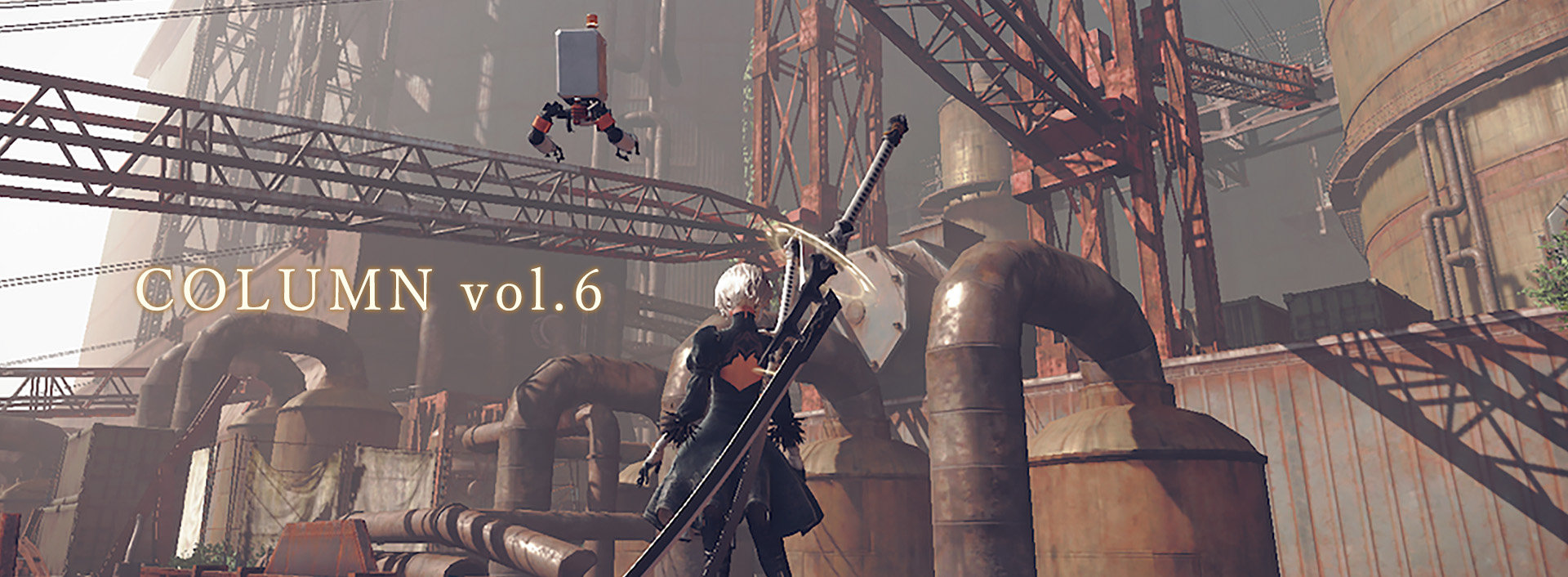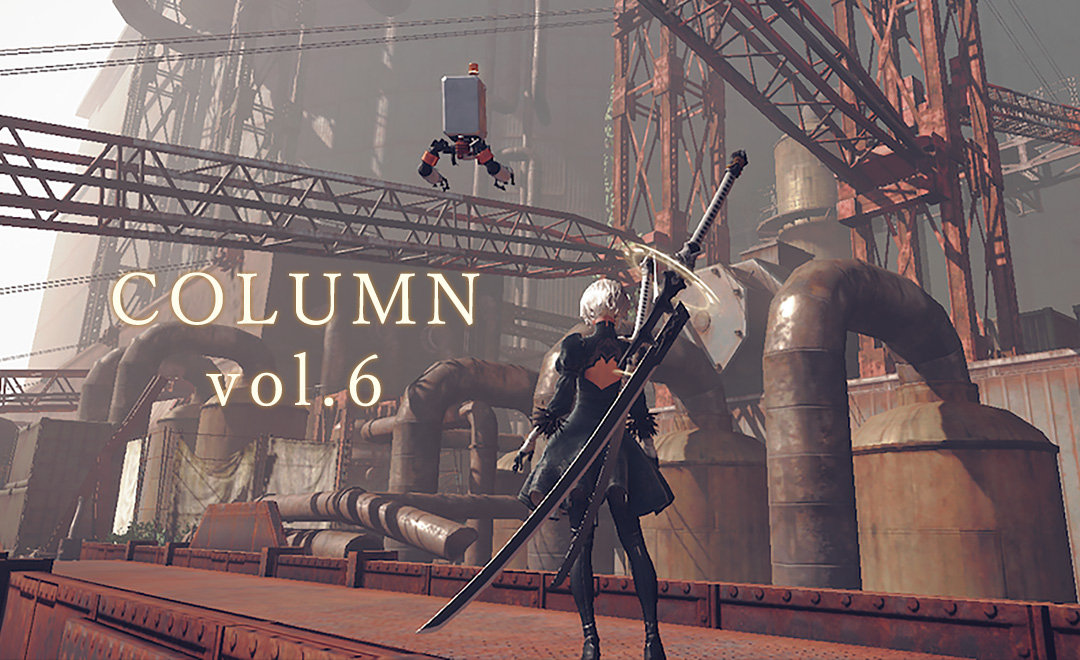A tour of NieR:Automata alongside a world history teacher
2023.02.24
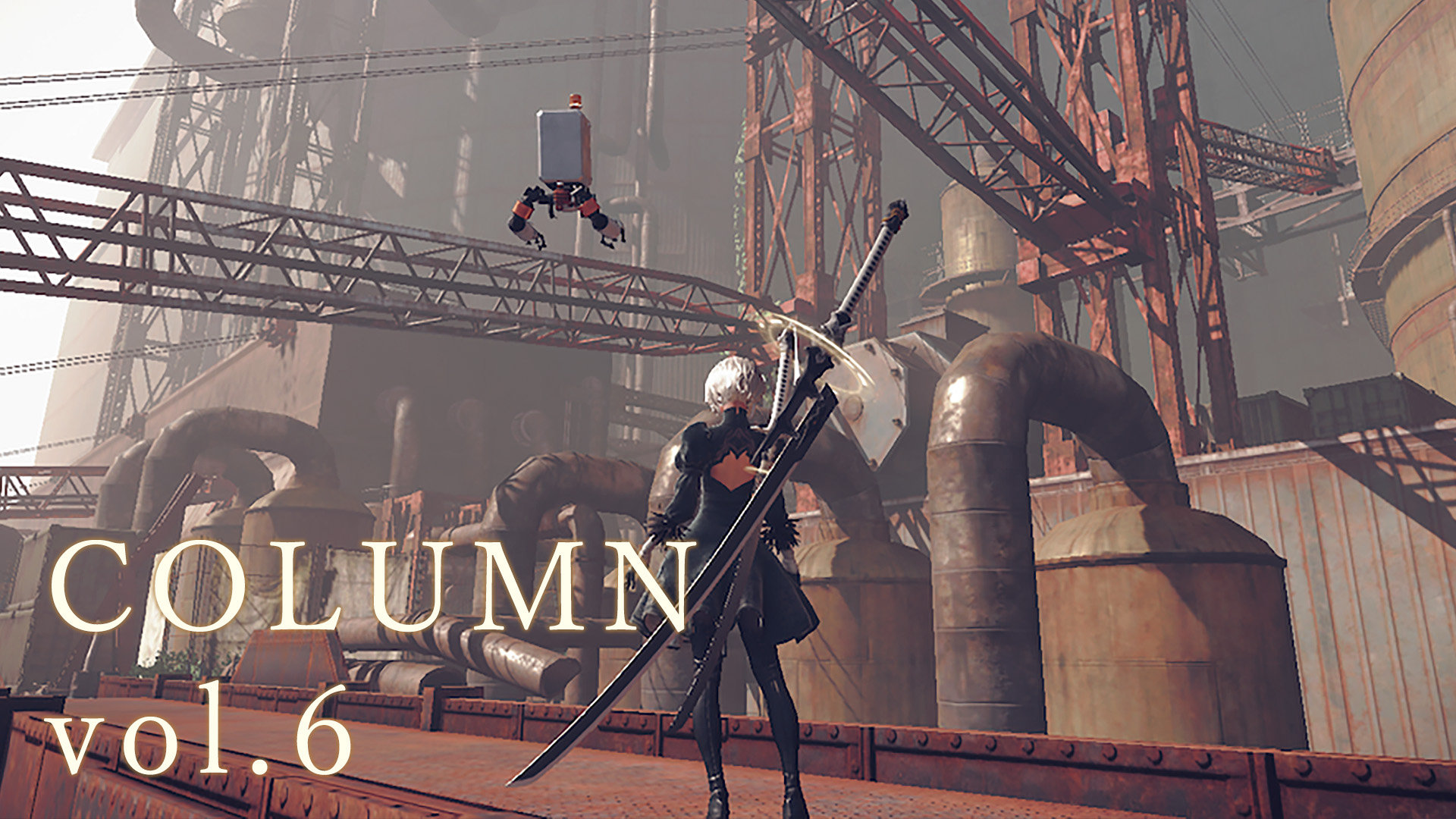
Hello! I’m Maety, a writer and teacher of world history.
I’m passionate about games and history. So much so that I took a break from working as high school teacher to go on a journey - traveling to cultural heritage sites and spots around the globe resembling locations in games.
There were so many places that made me think “this is similar to that area in game X!” or “these ruins look just like where that boss was in game Y!” When I came across such places, my heart was always stirred with a longing for adventure.
In this article, I’ll be walking through the post-apocalyptic world of NieR:Automata - a game with a beautiful, deeply moving story.
The story of NieR:Automata
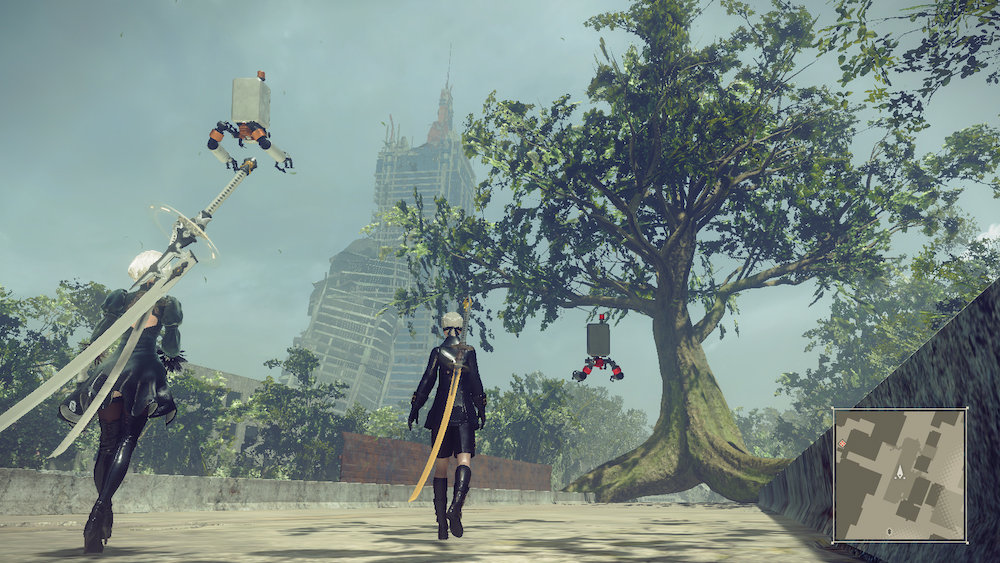 |
Far into the future, Earth lies desolate.
An alien invasion came without warning, purging human civilization from the face of the planet. Only a handful of survivors escaped the aliens’ army of machine lifeforms, fleeing to live on the moon.
Seeking to reclaim their home, the moon-dwellers built combat androids and deployed them to the surface. They launched dozens of full-scale operations, but made no meaningful progress. Their only remaining hope of defeating the machines and returning to Earth rests with their final weapon - the YoRHa force.
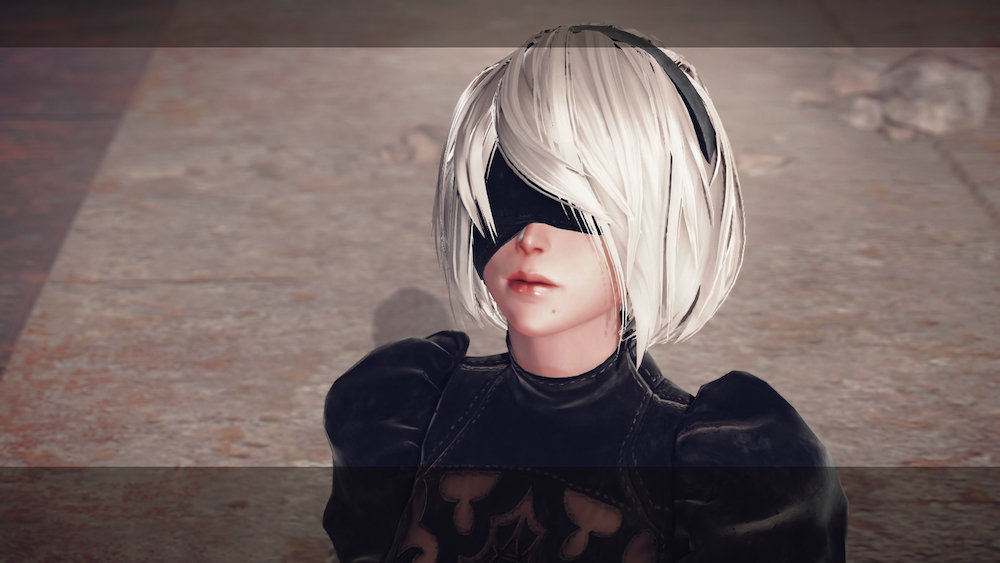 |
The main character in NieR:Automata is the android 2B.
Her clothing combines elements of aristocratic medieval and modern lolita styles, and she is undoubtedly beautiful, but only ever betrays the slightest subtle emotions.
Controlling 2B, you adventure through the world, battling machine lifeforms as the story develops.
An adventure through a post-apocalyptic world - perfect for those who love all sorts of ruins
Those with an affinity for all things ruined are well catered for by this game. But what makes the dilapidated structures in NieR:Automata particularly fascinating is considering them from a historical perspective, and asking how they ended up that way.
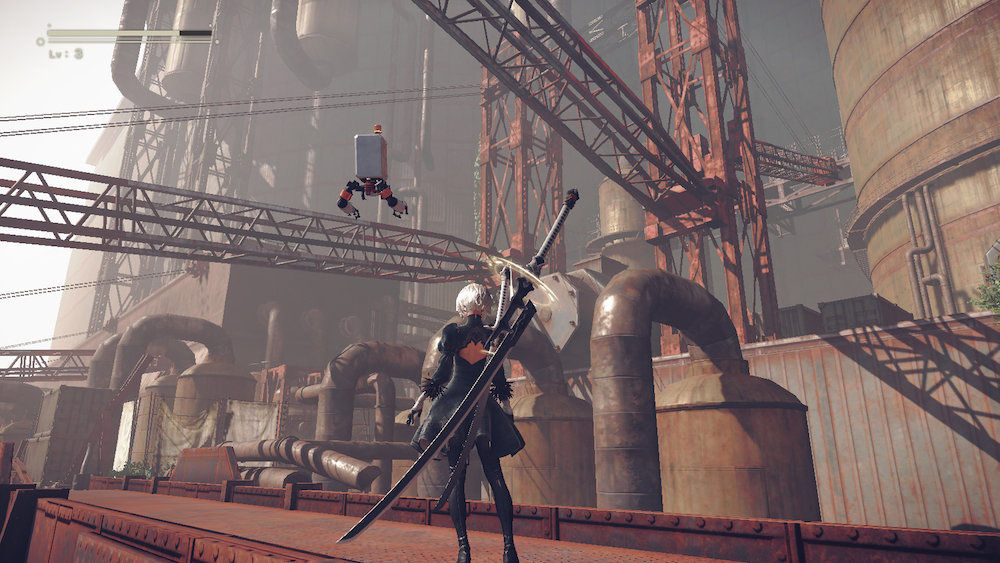 |
The first location our protagonists reach is an ominous factory. Seems like an adventure is brewing!
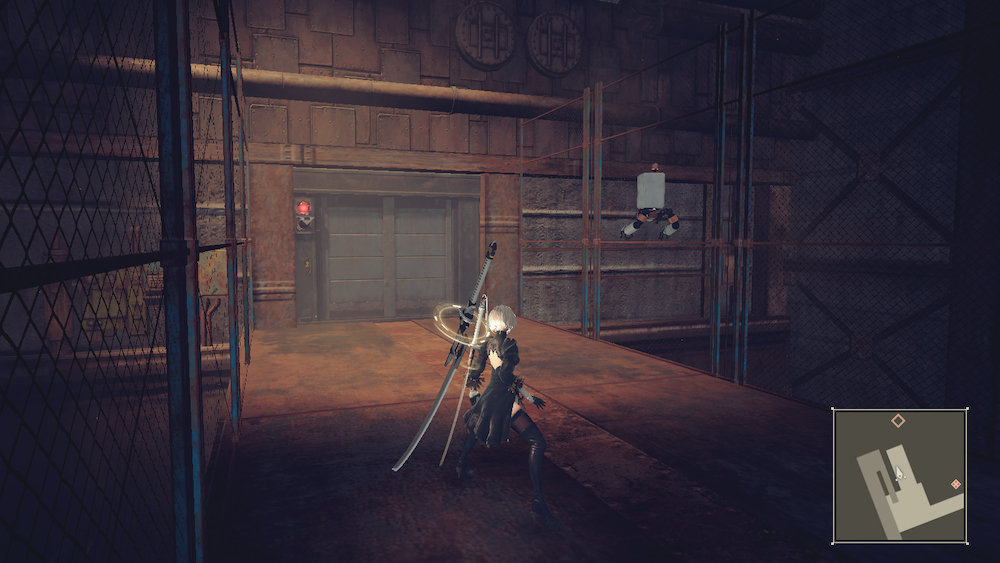 |
A series of seemingly never-ending passages, covered with heaps and heaps of iron pipes - a few could disappear without you noticing. There’s a sense of machinery being pervasive, capable of bursting into motion at any moment. And yet as you run through the area, your footsteps’ hollow echo seems to tell of the world’s emptiness.
I was reminded of my visit to Völklinger Hütte ironworks.
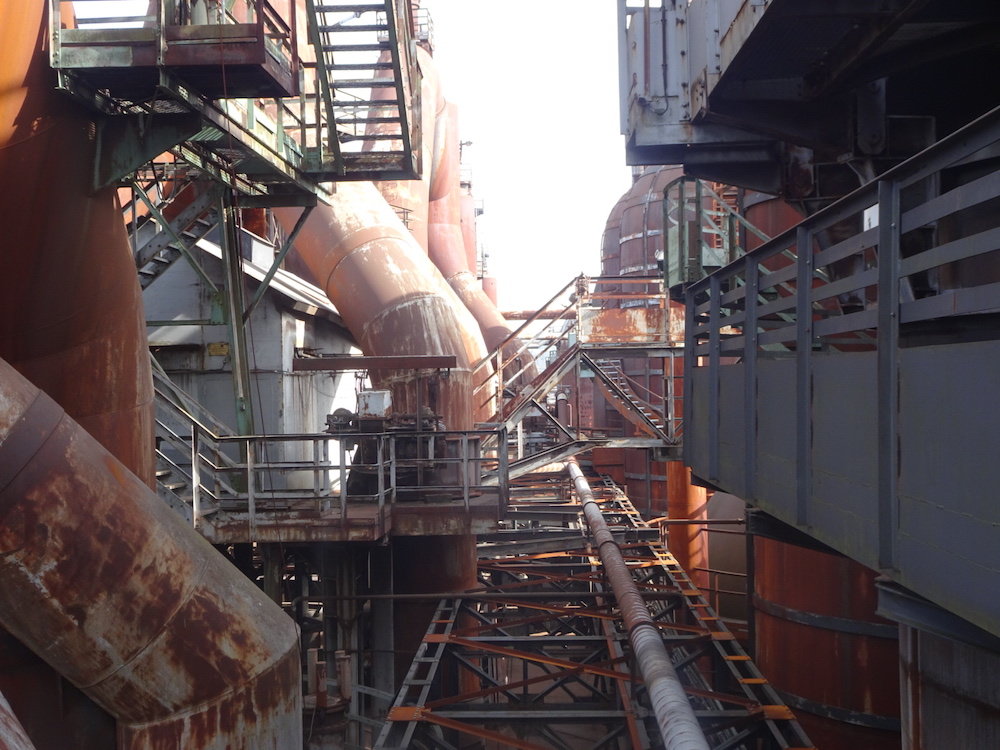 |
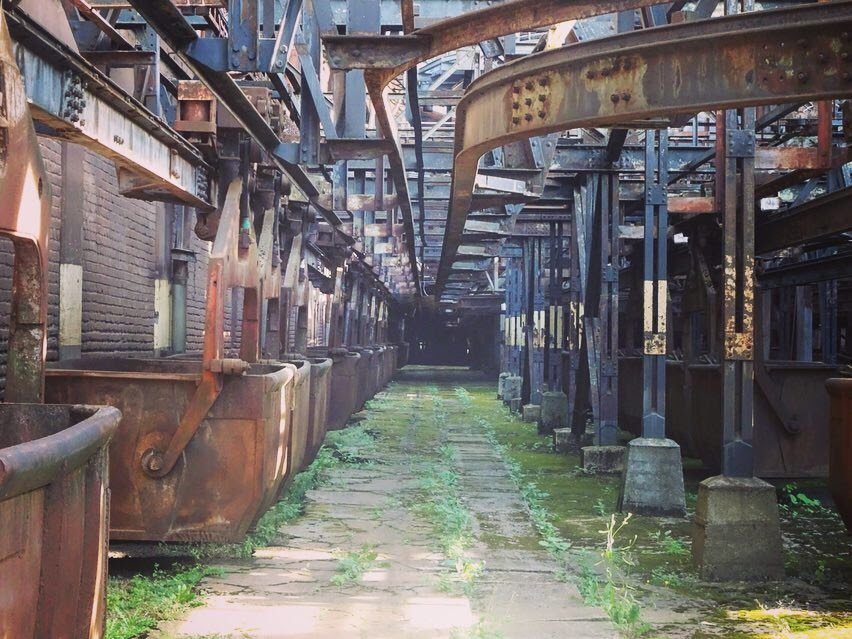 |
The first industrial site to be added to the World Heritage List, the Völklinger Hütte ironworks was among the main industrial producers in 20th-century Germany. I wonder what the factory in NieR:Automata made before it was abandoned.
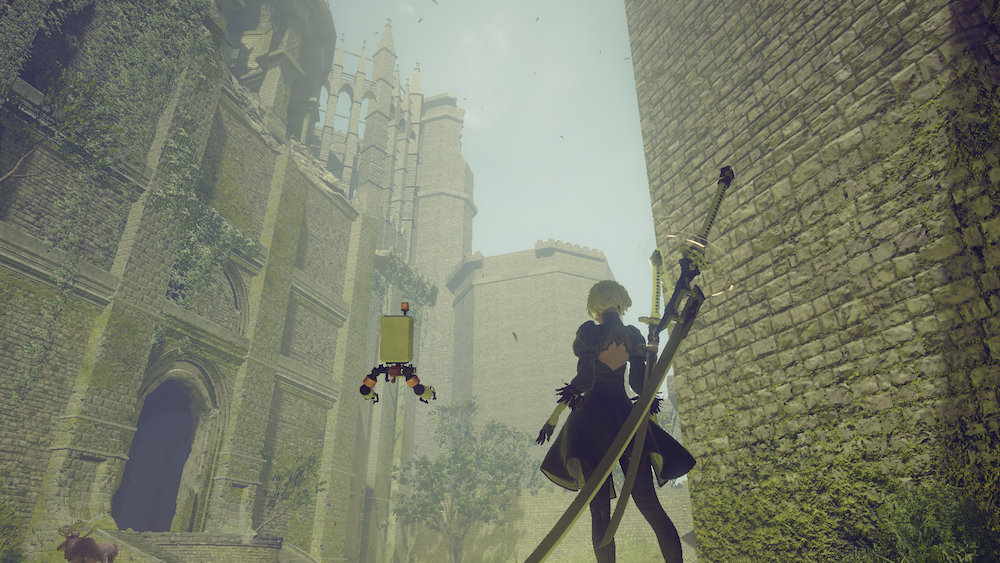 |
The game also features a submerged city and European-style derelict castles.
Despite their ruined state, they have a certain beauty. This strange contrast leaves one feeling both sentimental and curious.
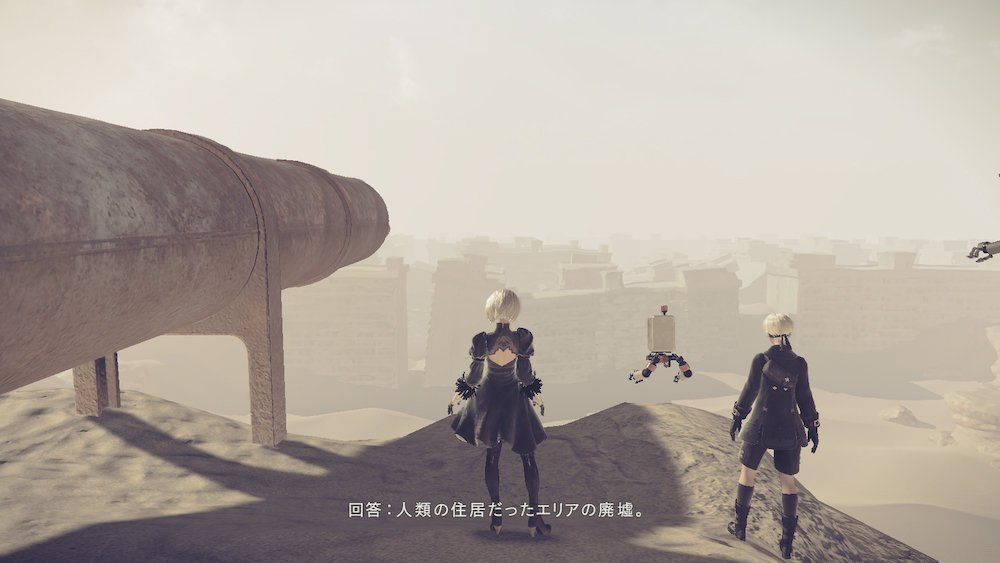 |
In the middle of a desert region, a group of residential buildings suddenly come into view. It must be a city from long ago, since buried in the sand.
One interesting thing to note is that these so-called ruins have a certain beauty to them that our species could never produce.
It’s true that they were originally structures built by humans - but those humans are long gone now, and they’ll never know what happened to their creations.
These buildings have ended up taking a form we could never have imagined for them, and that’s probably part of what makes them beautiful. That they’ve been the stage for a relentless conflict makes no difference to that.
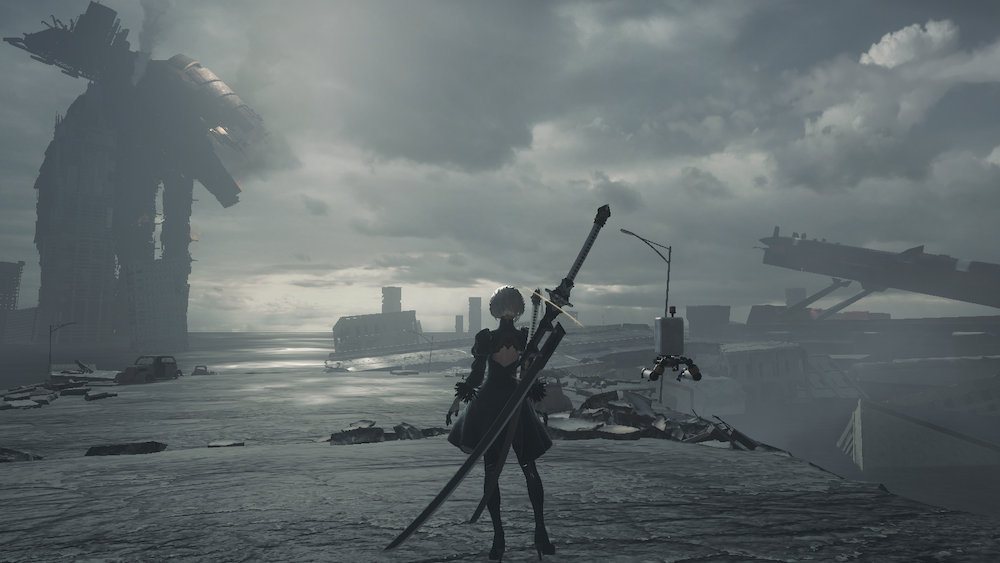 |
To journey through the world of NieR:Automata is to journey through a human world that has disintegrated in a way. Instead, the vegetation thrives, the buildings crumble and sink down, and the machines that humanity once used now burn and smolder in the distance. These sites convey the inevitable truth that everything declines and ends at some point. But also that even then beauty will arise, as new life fights to take root and make its way out.
Lift your spirits at a run-down amusement park
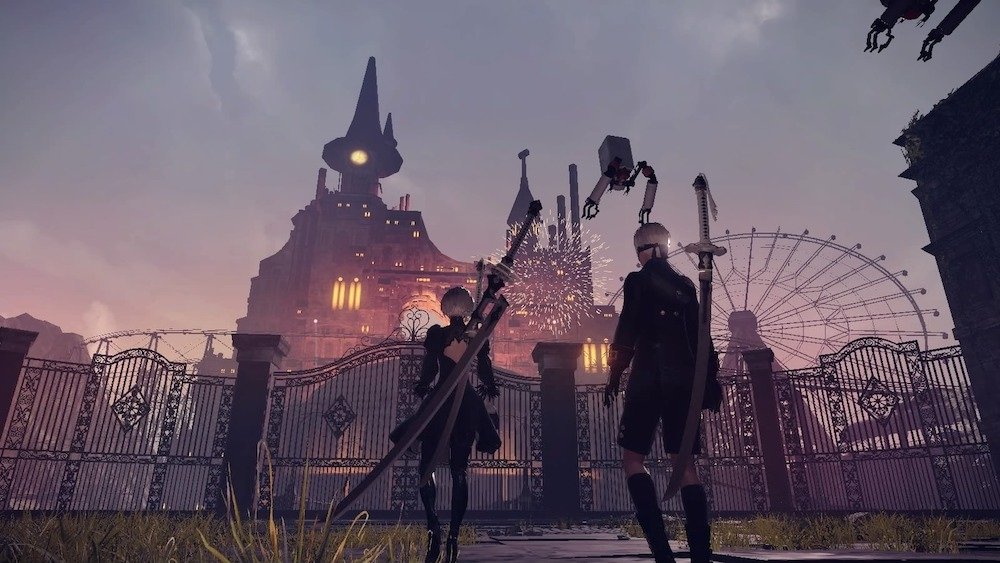 |
When the bleakness of the world is weighing you down, this amusement park is the perfect place to create some fun memories.
The multicolored lights and vibrant fireworks make a nice change from all the gray. The first thing you see as you enter is a charming rabbit statue, immediately putting you in a cheerful and optimistic mood.
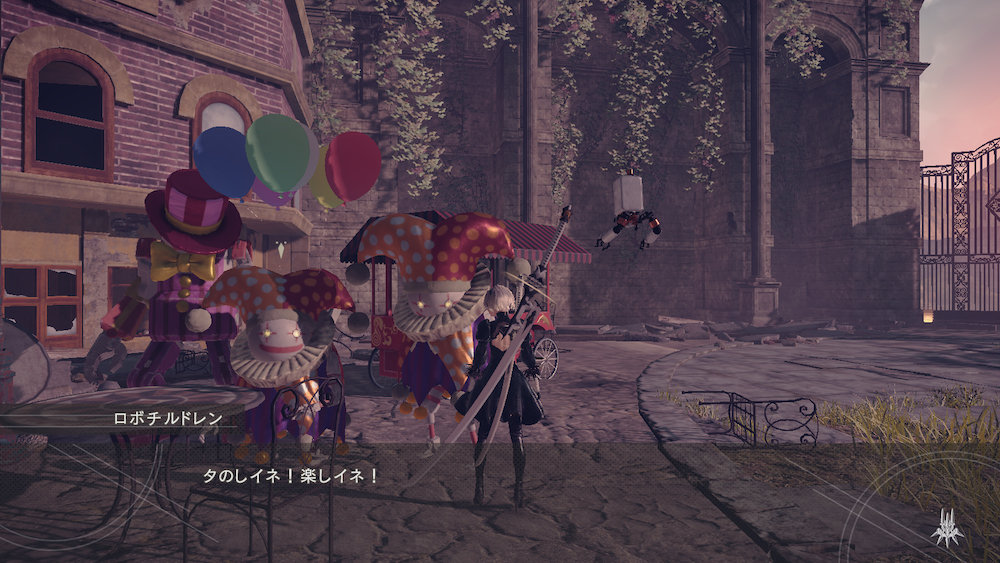 |
The park is operated by machine lifeforms, but these ones won’t attack unless you do.
In fact, they’re overjoyed to have some guests.
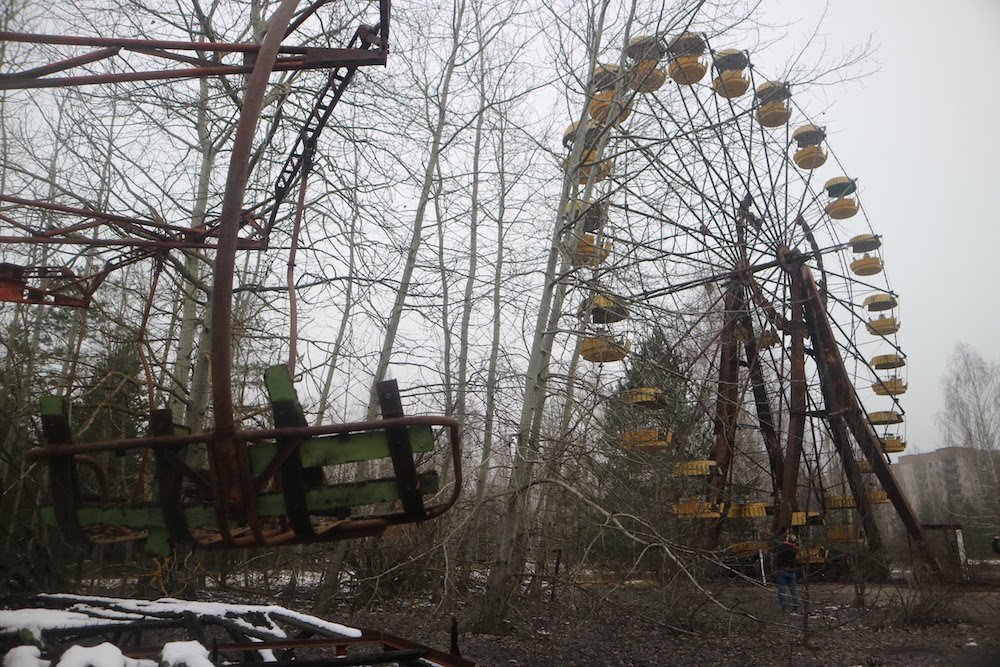 |
There’s a famous abandoned amusement park in the real world as well.
On April 26, 1986, a disaster at the Chernobyl nuclear power plant in modern-day Ukraine (then a part of the Soviet Union) spread radiation over a vast area, forcing tens of thousands of people to leave the towns they grew up in. But back when they had no notion of the unimaginable, unprecedented danger they would face, there was a certain facility whose opening they were highly anticipating.
That facility was an amusement park.
Scheduled to open on May 1 of that year, the park was abandoned without ever having greeted a visitor. Without generating even a single smile or laugh.
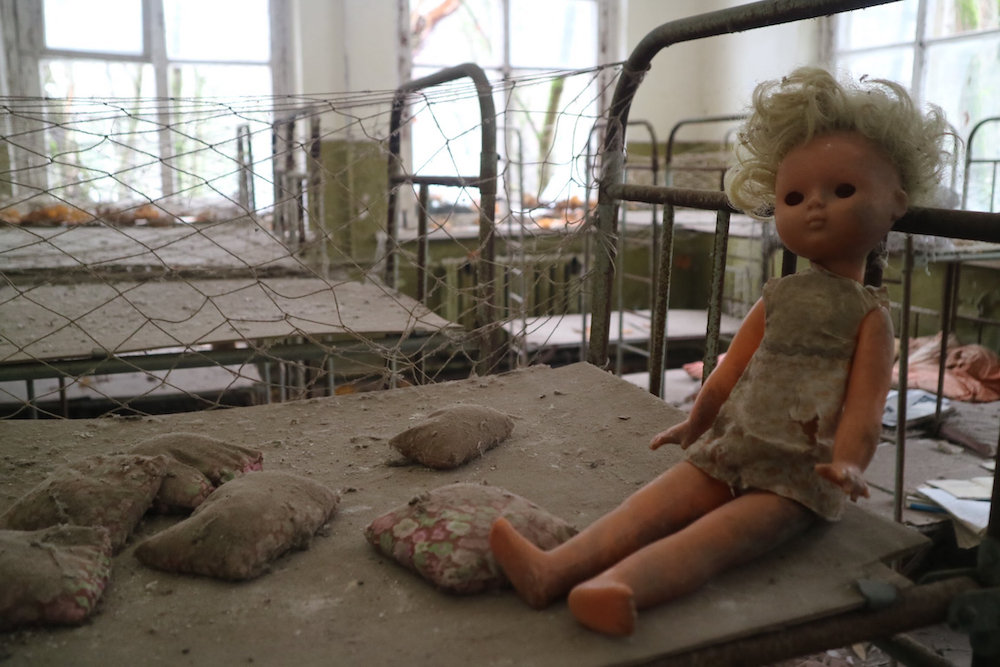 |
By visiting the amusement park in NieR:Automata, the player arguably gives at least some meaning to its existence.
Encounters with puzzling machine lifeforms
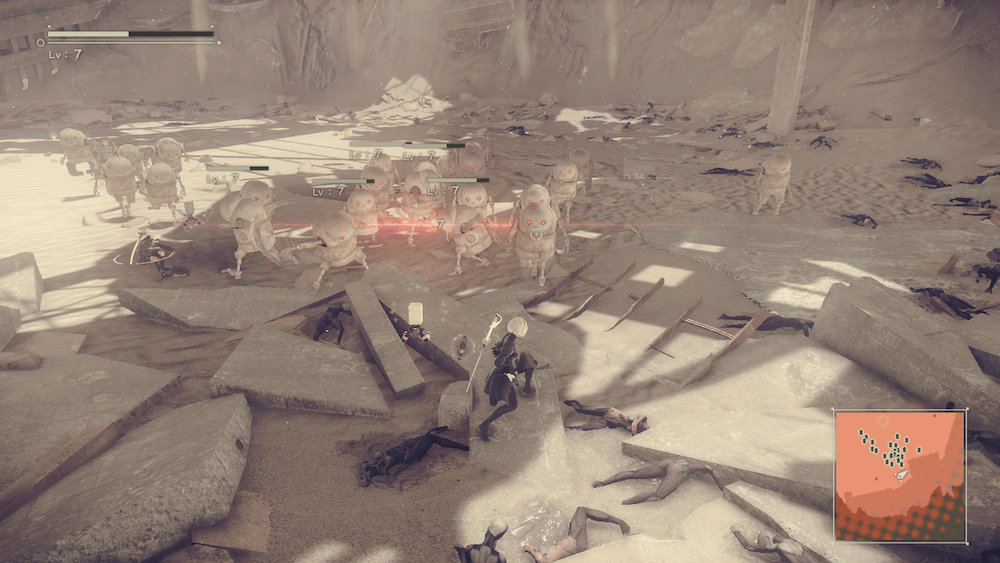 |
Your enemies in the game are machine lifeforms. As the name suggests, they’re machines, but alive.
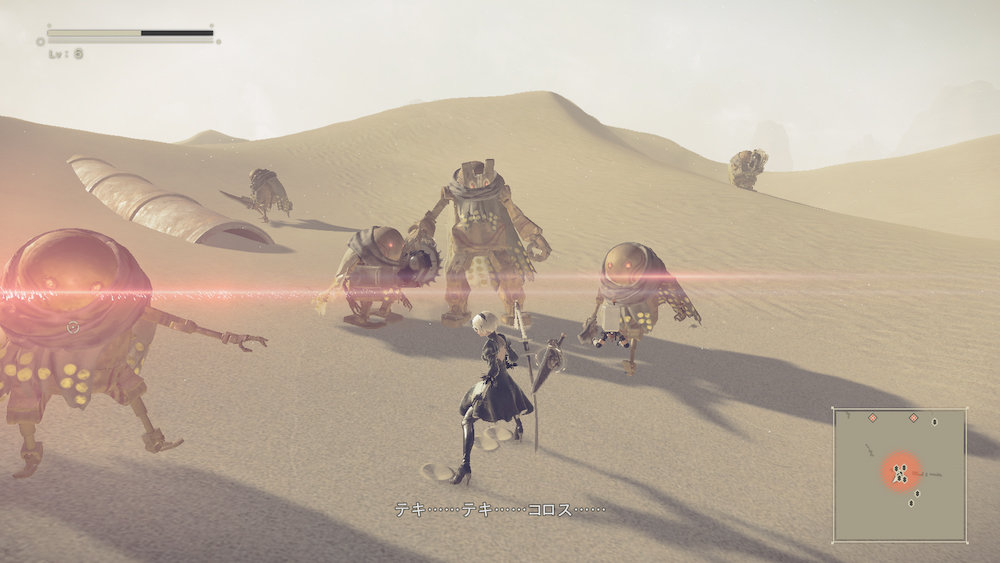 |
In a different area now, here are some which are curiously dressed. They have tribal masks and scarves - which I imagine help stop sand from getting inside them and breaking them. They’ve made me want to go and meet the Berbers of the Sahara, in Northern Africa.
One of NieR:Automata’s many strong points is its intuitive and exhilarating combat. In the game’s opening section, we take out the machines standing in our way without hesitation.
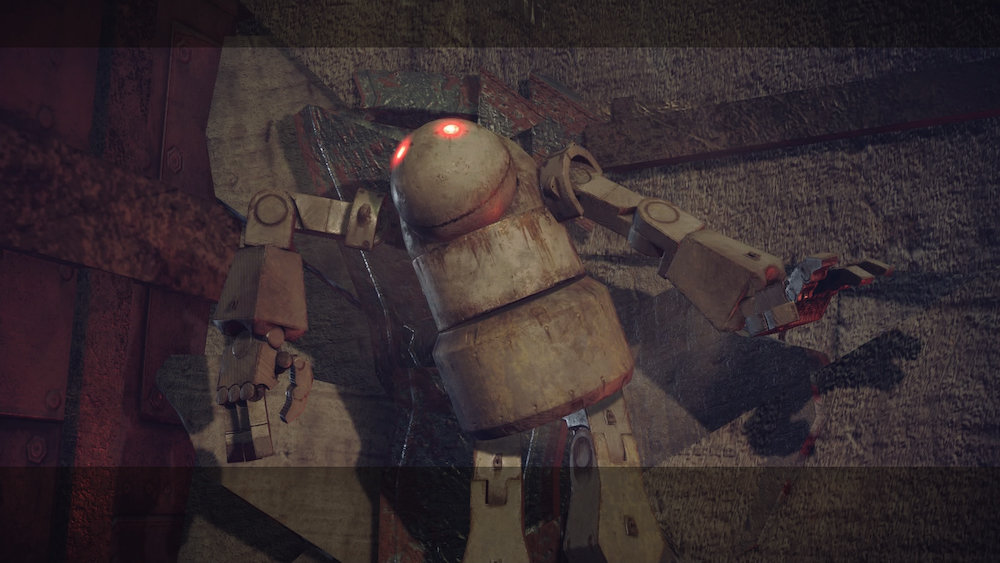 |
However, as we encounter more and more of them, we start to realize something strange. These machine lifeforms really do seem to be “alive” in the same sense as humans. They act based on their individual reasoning, and feel a range of emotions, including joy, anger, and sadness.
And yet their “lives” are powered by electricity. Turn the switch on, they start operating. Turn it off, and they stop.
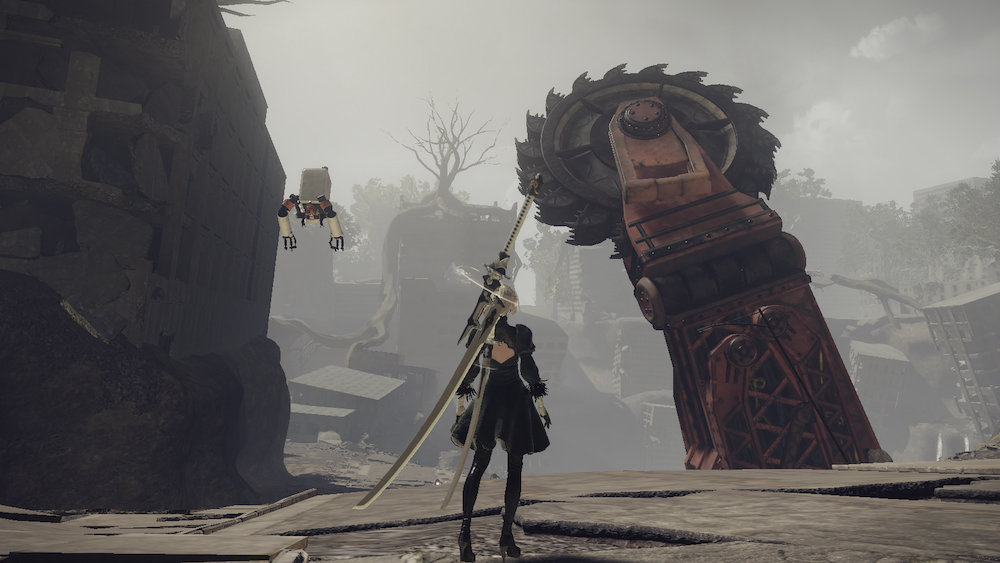 |
Many years ago, our society underwent an industrial revolution.
Vast numbers of machines were produced, which in turn produced vast quantities of goods.
We used machines to build factories, and then manufacture vehicles and contraptions that made life more convenient. And on top of that, we even began to create new types of weapons.
All of this was driven by humans’ desires.
The machines were simply things that were being operated by us.
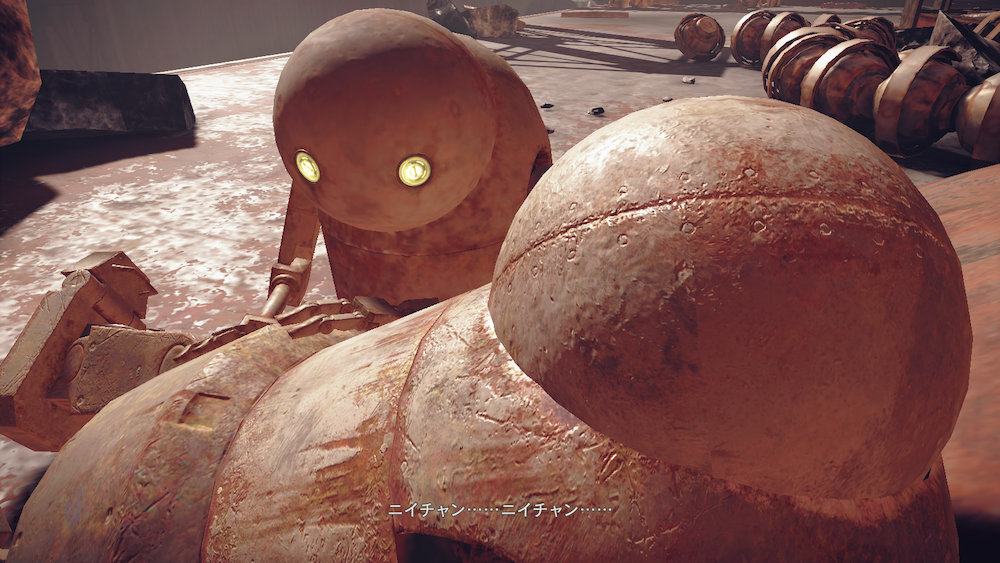 |
But the machines in NieR:Automata aren’t quite the same.
Some of them can be seen grieving the deaths of their comrades.
Others attempt to avenge them.
Some ponder their own existence, some weigh up the notion of coexistence, and some of them wonder about the future.
So, are these really “machines” at this point?
Seeking answers to philosophical queries, in the world of NieR:Automata
Traveling around the game’s world, you’ll occasionally encounter individuals named after the greats of history who appear in school textbooks.
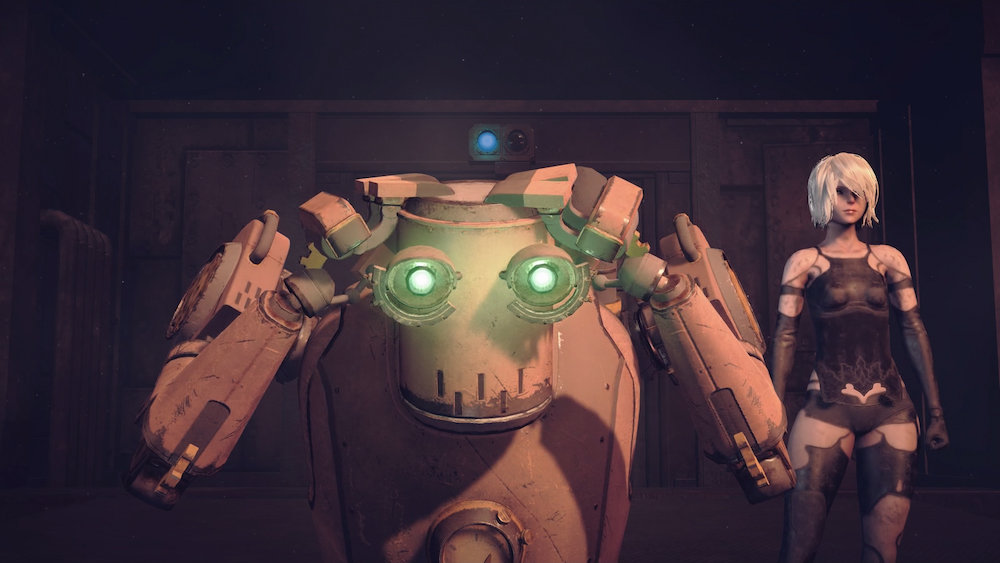 |
Particularly notable is Pascal, a machine lifeform who works together with 2B and her allies. He shares the name of a real-world philosopher who made a famous quote about man being a thinking reed.
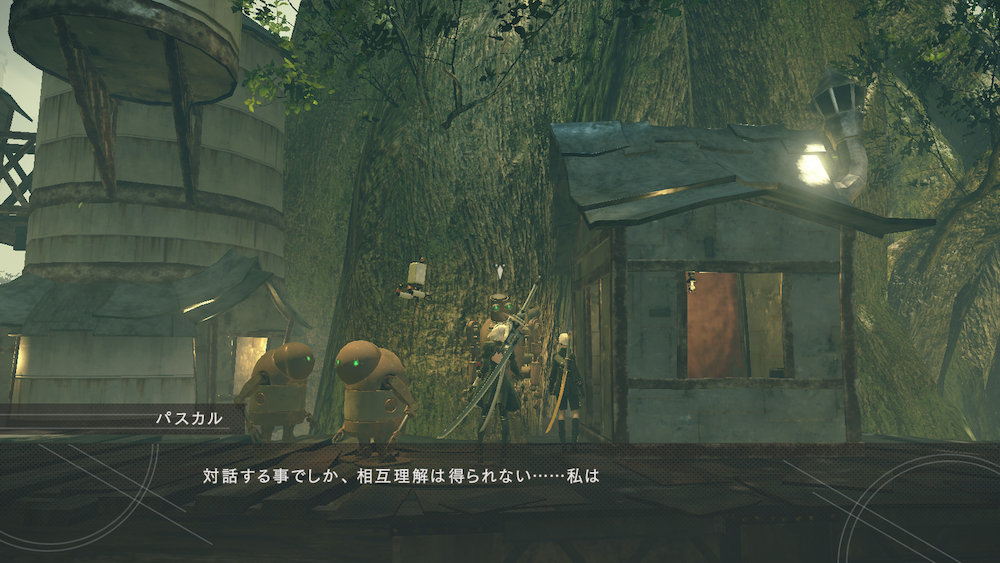 |
Despite being one of the machines, this Pascal is a true pacifist, seeking to resolve the machine-android conflict nonviolently. His pacifism is not a belief he borrowed from anyone else, but the result of his own contemplations.
His words and actions surely show a link to the ideas of the great Pascal of our own reality, who insisted, “Man is a reed, the weakest of nature, but he is a thinking reed.”
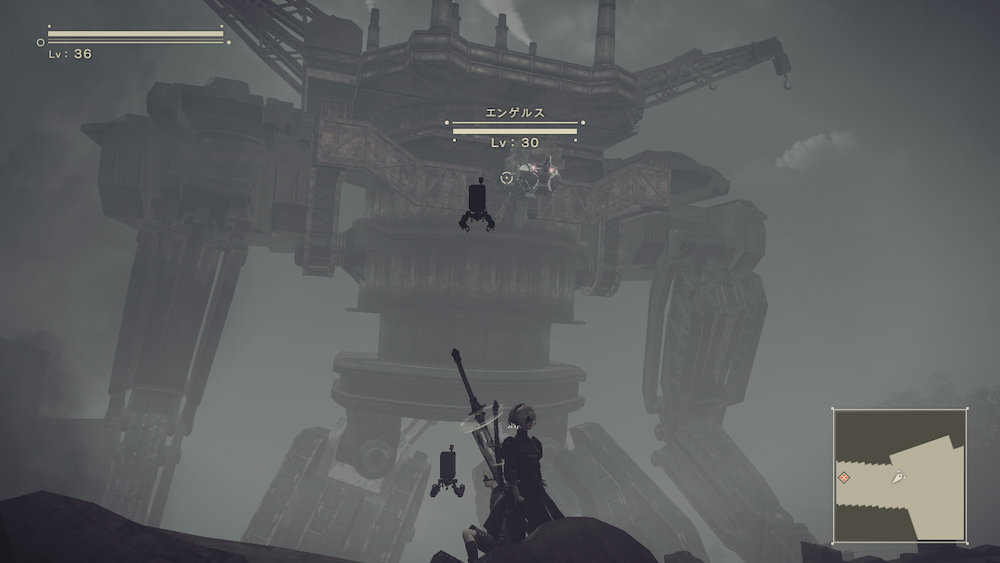 |
This isn’t the only machine you’ll meet on your journey who presents a philosophical problem.
From Marx, “Are you prepared to fight? Or do you instead accept your death?”
From Kierkegaard, “Is death the end of hope, or a step toward a greater being?”
From Hegel, “Is what we learn from history that we do not learn from history?”
From Sartre, “How should we each create our path?”
From Engels, “Will we accept the scientific revolution?”
These people’s ideas meant little to me when I first encountered them back in my school textbooks. But coming across them again here in the world of NieR:Automata, I’ve found that they really resonate with me this time around.
It makes me want to go back and take another look at those old textbooks.
Animals and abundant nature - indifferent to the conflict
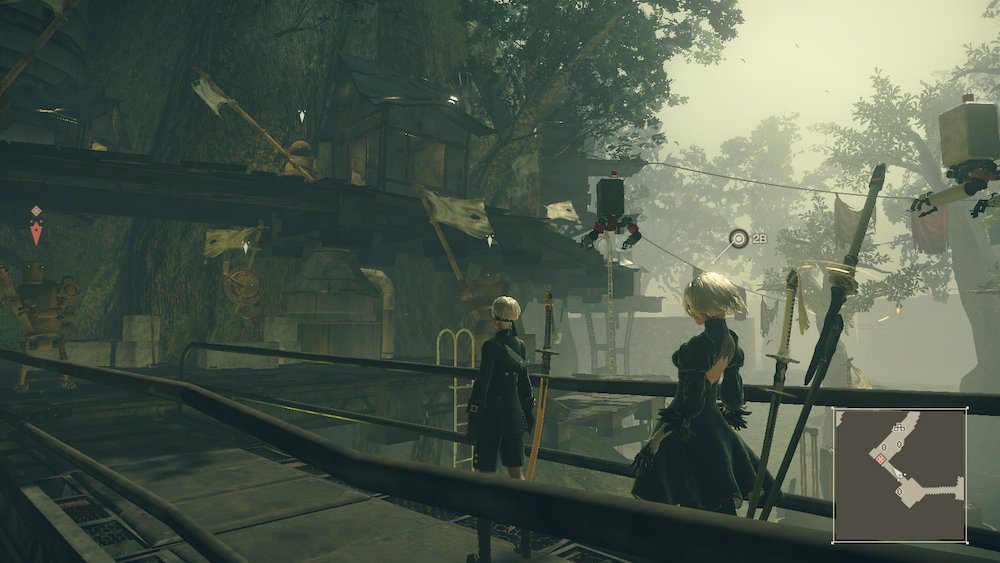 |
In this vast world, just about everything seems to be broken. Yet you can also see plants growing atop the ruins, carefree animals oblivious to the conflict, and a brightly shining sun. They give you a sense that hope’s not dead yet.
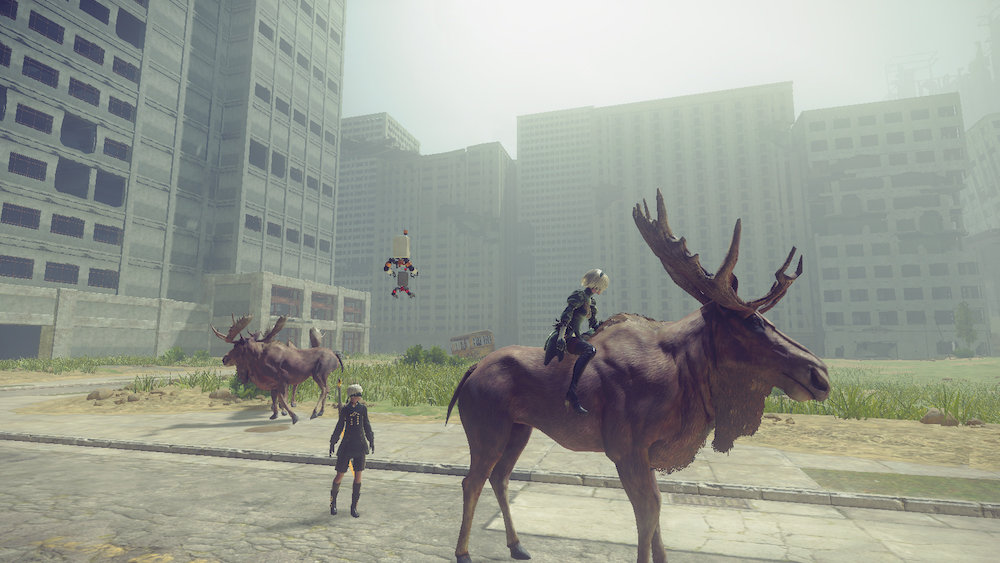 |
Carry an aromatic sachet with you, and animals won’t flee when you approach. Instead, you’ll be able to leisurely observe them from up close. (Some are surprisingly large.) You can even hop on them and gallop through the environment.
It’s because both ruin and despair are so abundantly visible in this world that signs of life feel all the more powerfully captivating.
Perhaps this is what our world would look like if there were no humans in it.
Summing up
The hostilities between humans and aliens gave rise to a proxy war between androids and machine lifeforms. As the player, you slowly close in on the conflict’s conclusion.
Back in the real world, human society has existed for thousands upon thousands of years. And since the dawn of our history, we’ve constantly warred against each other. In fact, there’s essentially never been a moment in our history where there wasn’t some kind of conflict happening. There’s always someone, some organization, attempting to assert what they consider to be right through force.
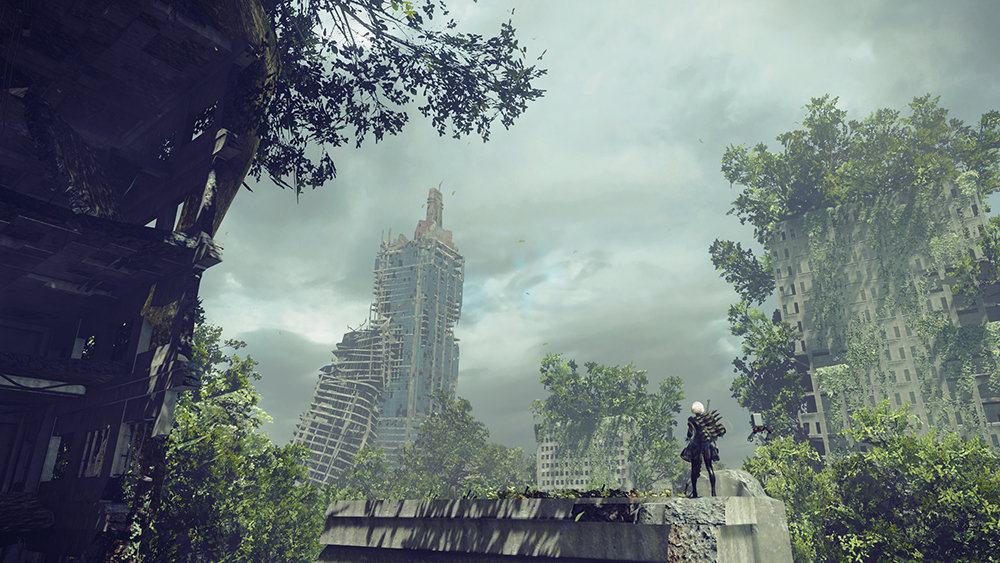 |
What is the end result should such conflicts continue?
The world of NieR:Automata might serve as a stinging warning. Of what could happen to humanity if we don’t find a way to change.
Author: Maety, Editing: Note
(End)
(All screenshots shown here are from the Japanese version of the PlayStation®4 edition of the game.)

